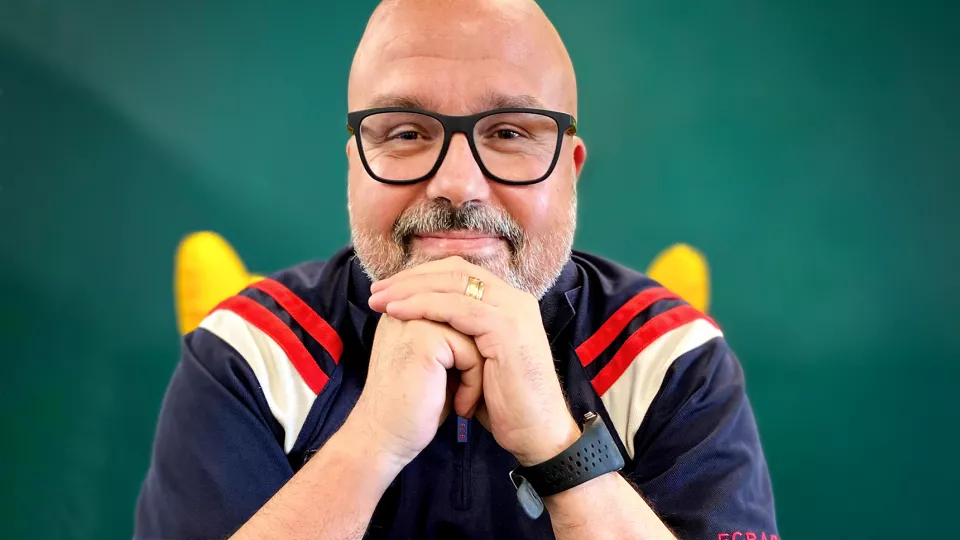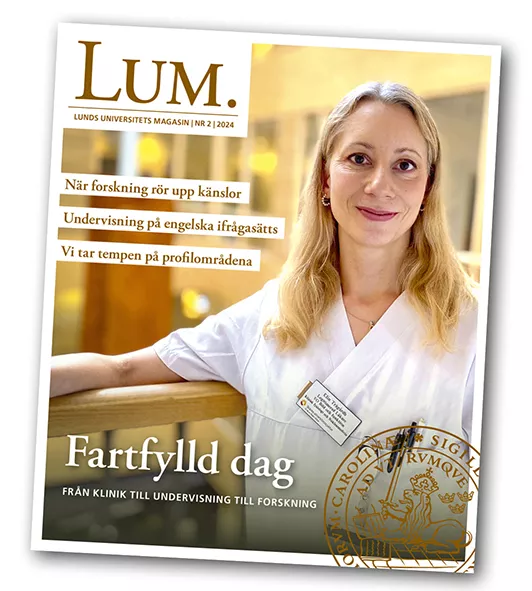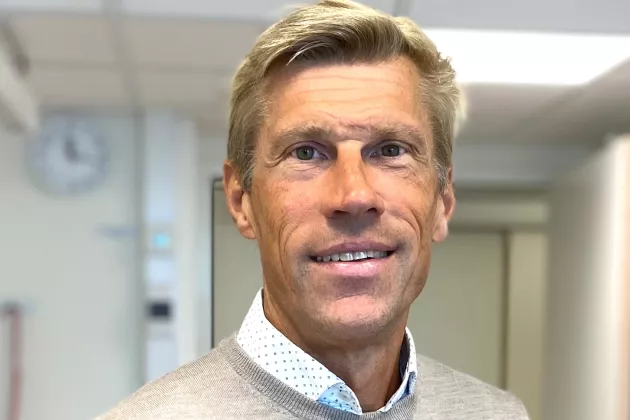Niclas Nilsson comes from a family of haemophiliacs in which four out of seven siblings have the disease. One of them died at the age of only three, of a bleed in the head after a heavy blow, and another brother died of a cerebral haemorrhage. After his brother died, Niclas’s parents were very protective and made him wear a hockey helmet to protect him from head injuries, until he was four years old.
Injections from the age of nine
From the age of nine, Niclas started getting treatment at home in the form of prophylactic injections that his mother administered and at eleven he got to take responsibility for injecting himself twice a week.
“I injected myself in the hands and arms so of course I have wondered whether people around me think I am a drug addict, when they see all the scars from the needles.”
Having haemophilia does not mean that you die if you get a nosebleed. The major risks are if you get into an accident or there is a spontaneous bleed in the brain – the most common cause of death in haemophiliacs before prophylactic medicine was introduced.
Has affected his life
“I don’t suffer from my haemophilia as preventive medication is now available. It was worse for my brother who is eight years older than me and who didn’t get prophylactic medication until later in life, which means he had time to develop major problems with his joints as a result of internal bleeding.”
However, the disease has also affected Niclas Nilsson in various stages of his life. When he was 16 years old, it transpired that the medicine he was given contained HIV as it was produced from donated blood. The medicine was withdrawn and he was forced to attend the infection clinic four times in a year, to see whether he had been infected. In the early 90s there was another such crisis, when he got Hepatitis C from his medication.
“It was not fun going home to my partner to explain what had happened.”
“A surrealistic feeling”
It would take almost ten years and a whole lot of treatments until Niclas Nilsson was finally free of the disease.
In spring 2019, his doctor Jan Astermark phoned to ask whether he wanted to take part in a phase 3 clinical trial of gene therapy, which was to take place in Malmö. Niclas Nilsson was keen and had previously taken part in other studies to contribute to the progress of research, to enable young haemophiliacs to live their lives just like other children.
“The intravenous gene therapy treatment took one hour. It was a surrealistic feeling, to think that the outcome of billions of crowns’ worth of research is in a little red plastic pouch that could change your life.”
One week after the treatment, Jan Astermark informed his patient that the blood test results looked good and that he did not need to give himself the usual injection containing the coagulation factor.
Amazing to feel ‘normal’
“At that point I did actually shed a few tears. Being allowed to feel ‘normal’ was pretty amazing and has probably been the most brilliant aspect of this whole journey. Throughout my life, I have always felt excluded in various contexts and been forced to explain and plan for whatever I want to do.”
Having the opportunity in 2020 to take part in a successful clinical trial, in which a tiny virus with DNA enters the body and restarts the system, is a magical experience according to Niclas Nilsson.
“It would be fantastic if gene therapy could be the next step that enables haemophiliacs to live a normal life and avoid injections”, he says.
Read more in the article below.




